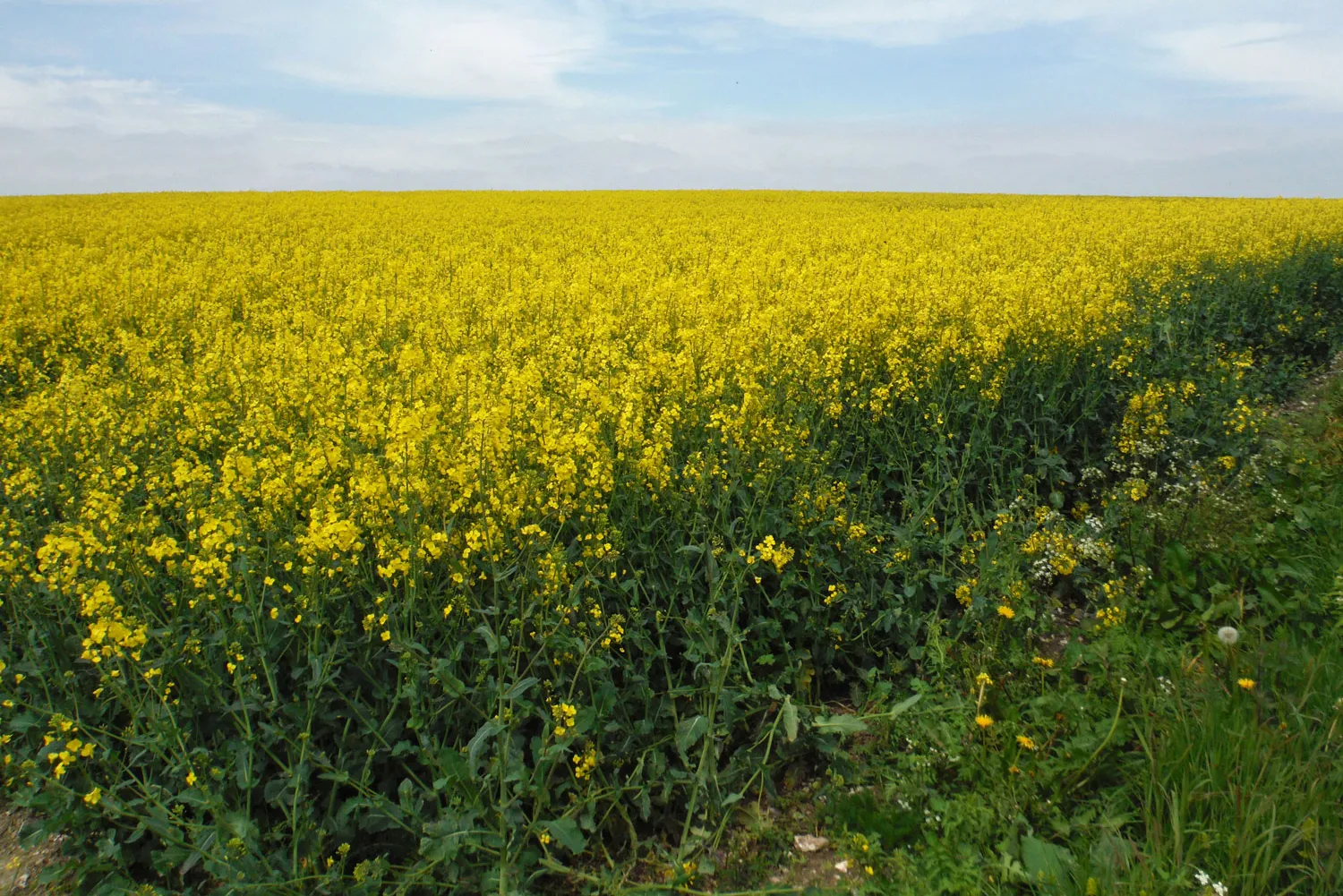BTO has a long history of research on issues specific to particular habitats, such as farmland and woodland. We investigate causes of population change, habitat effects on abundance and demography, design and testing of management measures, interspecific interactions and the details of species’ ecologies. This work ranges from national-scale analyses of the Trust’s large-scale, long-term datasets to specific, intensive field studies and has been supported by government, private trusts, industry, research councils and BTO appeals. Much of this work informs policy and land management approaches.
Our research priorities are:
- To investigate fundamental ecological questions concerning interactions between habitats in mosaics at different scales and how they affect birds;
- To work towards a better understanding of the ecological mechanisms underlying spatial and temporal patterns in bird abundance;
- To build new inter-disciplinary collaborations, especially with social scientists, to add the human dimension to our bird research;
- To conduct reactive and proactive research relevant to current and future changes in various landscapes, considering areas such as agricultural and energy policy, urbanization, afforestation and climate change mitigation.
Farmland
BTO research has been central to the whole 'farmland bird story', from identifying declines, through diagnosing causes to designing solutions to this conservation issue. Our work in this area continues to inform policy tools and assess their effectiveness. More broadly, BTO has been part of research projects investigating how to deliver a healthy farmland environment that is rich in wildlife whilst also maintaining, or even increasing, production.
Woodland and forestry
Each of the UK countries has ambitious targets for woodland expansion, which provide both opportunities and threats for different birds. BTO’s research includes identifying influences of different silvicultural systems and restructuring within forests and also the opportunities and constraints associated with forest expansion. Studies sites include a range of forest sizes and ages small farm woodlands through to extensive plantations and newly planted or regenerating woodlands through to ancient stands.
Upland
The uplands include the most extensive areas of semi-natural habitats in the UK. As well as supporting typically upland bird communities, they have become a refuge for some formerly more widespread species. They present some of the greatest opportunities for habitat restoration and creation. BTO upland research focuses on:
- The influences of alternative land uses
- Autecological studies to identify mechanisms of change
- Exploring opportunities for enhanced monitoring
Landscapes
Habitats such as woodland, scrub, and wet meadows do not exist in isolation but instead sit within wider landscapes, and it is important to understand how these wider landscapes influence birds and other species. For example, woodland birds live in woods and their abundance and population trends must be affected in some way by the quality of the habitat in which they live – this is obvious. However, what is the effect of the landscape context in which a given wood is found? Are populations affected by landscape variation such as woodland size, whether the wood is surrounded by farmland, next to a town or linked to other woods by hedgerows? More generally, do bird numbers or trends depend on the heterogeneity of the landscape, i.e. do birds fare better if multiple habitats are available in close proximity or if, instead, they are in a large, unbroken block of homogeneous habitat? Our research is addressing such questions.
